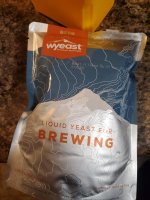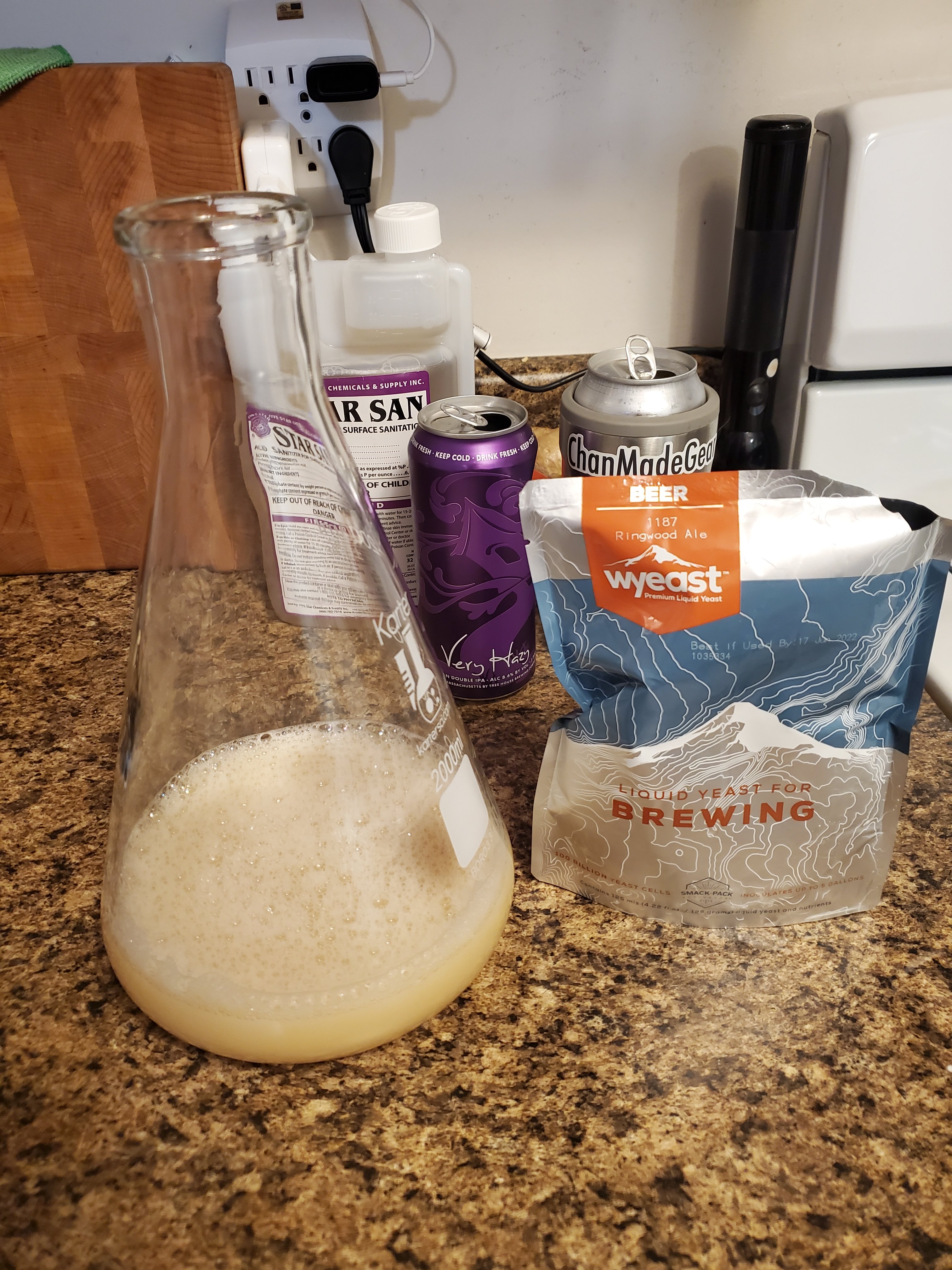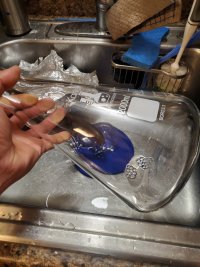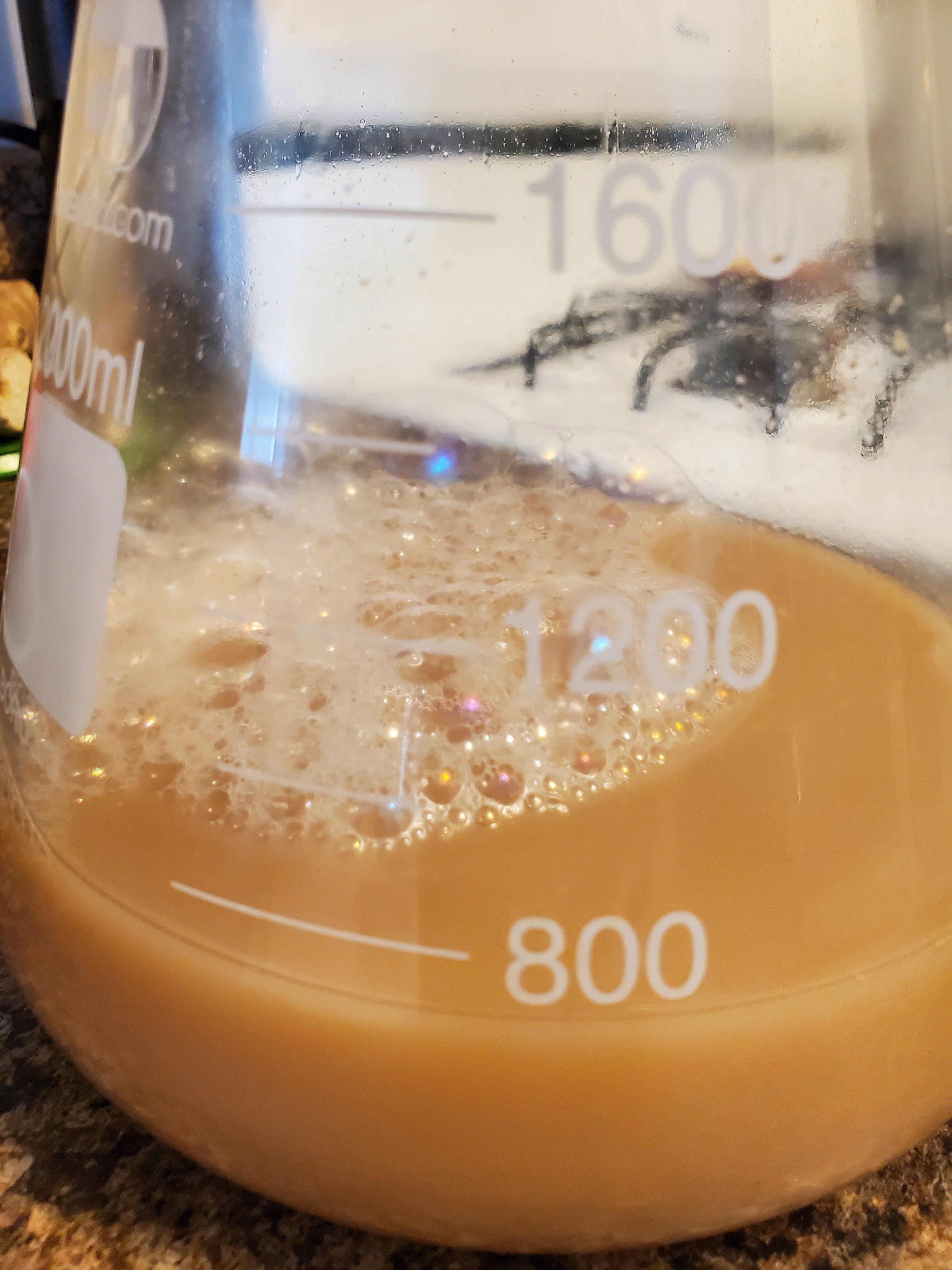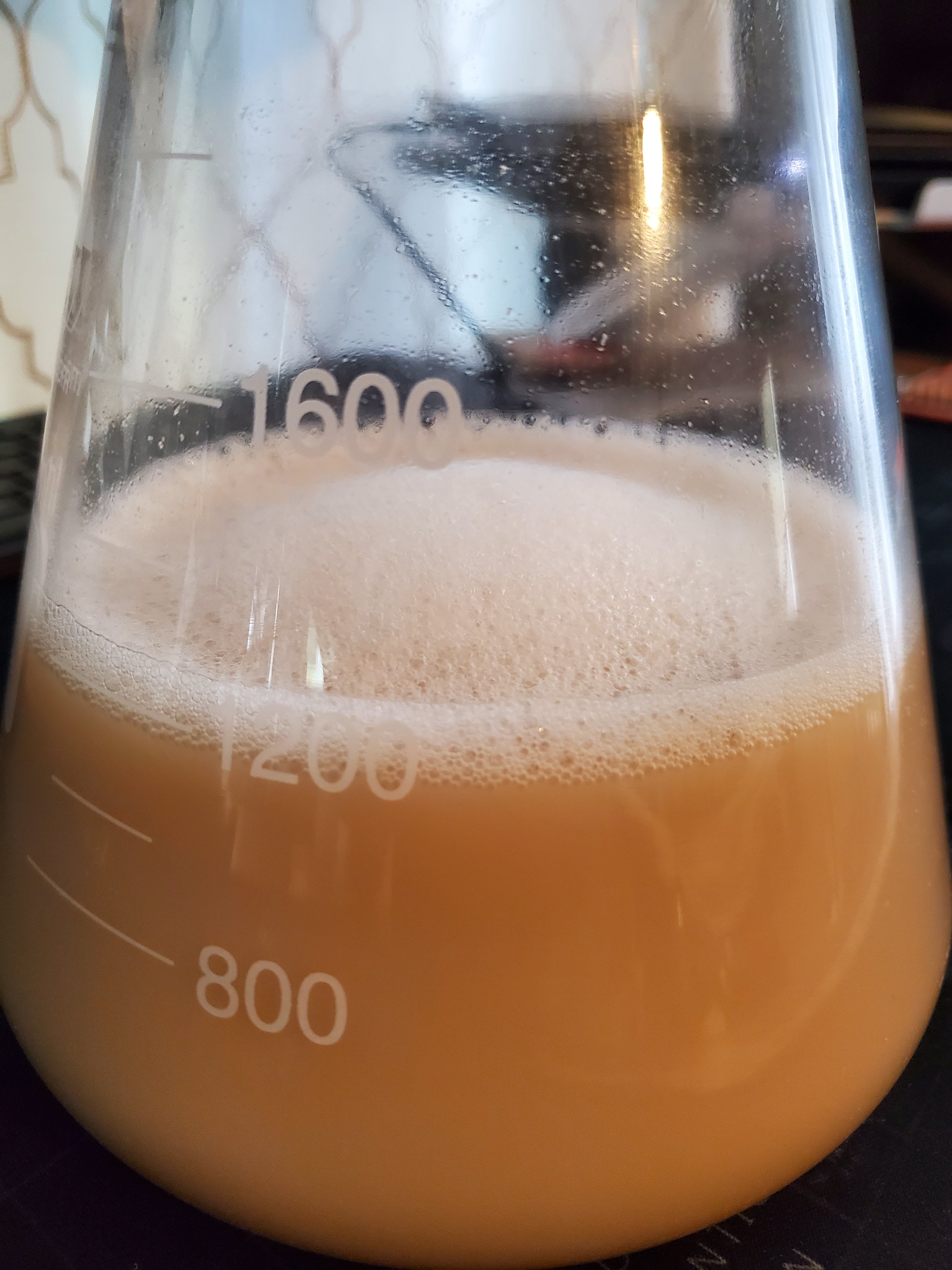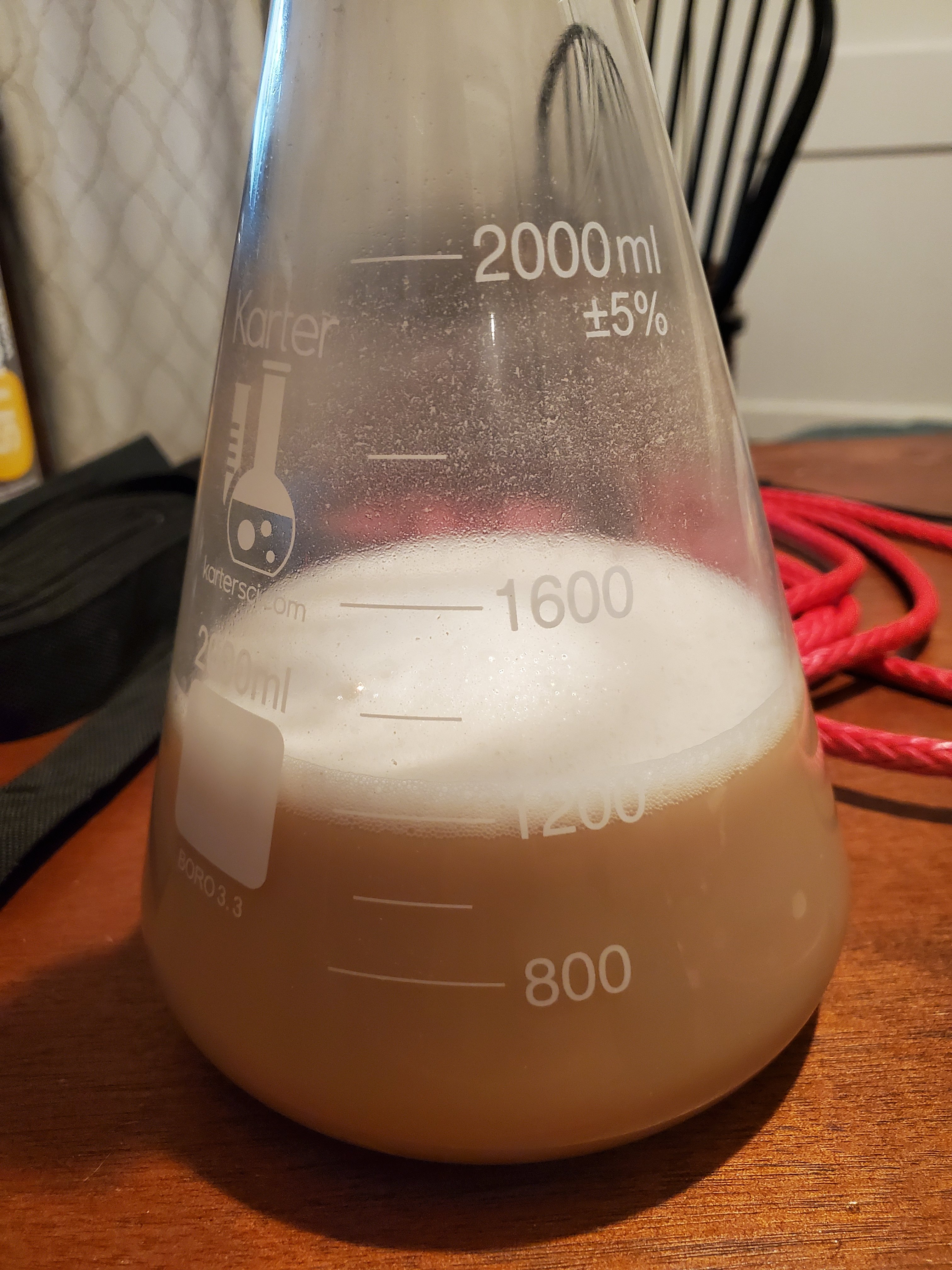Planning tomorrow around 2-4. If not then definitely Tuesday. If I wait till Tuesday, do I put it back into fridge? Or is waiting till tuesday not as good? If it's okay, do i keep out of the fridge until then?
It may take 2 days to grow completely...
But when it's done, yup, you should store it in the fridge, unless you're brewing that day.*
While the starter is still propagating, I advise to keep an eye on it during the night, as that's when blow-overs tend to happen, due to the lack of swirling/degassing.
Maybe check every 3 hours and give it a good 30-60 second swirl to degas it. It also aerates it, promoting growth over sheer fermentation.
Reason for checking every few hours is that before I had a stir plate, too many times I lost half of my starter overnight, oozing over the countertop. Not a pleasant surprise at 5 or 6 am.
Maybe place the flask inside a large bowl or on a couple rags to catch any spewing. Any yeast coming out of the flask is infected, and lost, of course. When that happens, just clean the flask's neck with sanitizer, and replace the foil. Damn! Better to prevent it...
I gathered it happened after about 2-4 hours. But depends highly on the yeast's vigor at the moment.
* After a few days in the fridge all yeast matter will have precipitated (settled out) leaving almost clear beer on top.
On brew day, (slowly!) pour most of that clear beer ("supernatant") off the top, into the sink or compost bucket. Or into a glass if you like to taste some. This is similar to pouring out a bottle-conditioned beer, leaving the trub behind. Except here, we spill out the beer, and save the yeast, which is what we're after.

Let the decanted starter come to room temps, swirl all of it up into a pourable slurry, and add to your chilled and
well aerated batch of wort in the fermenter
.
You can leave some slurry behind (a couple tablespoons) and make a new starter from it. Or save out in a small 4 or 8 oz canning or jelly jar. 12 oz jelly jars work fine too, but take up more space in the fridge.



